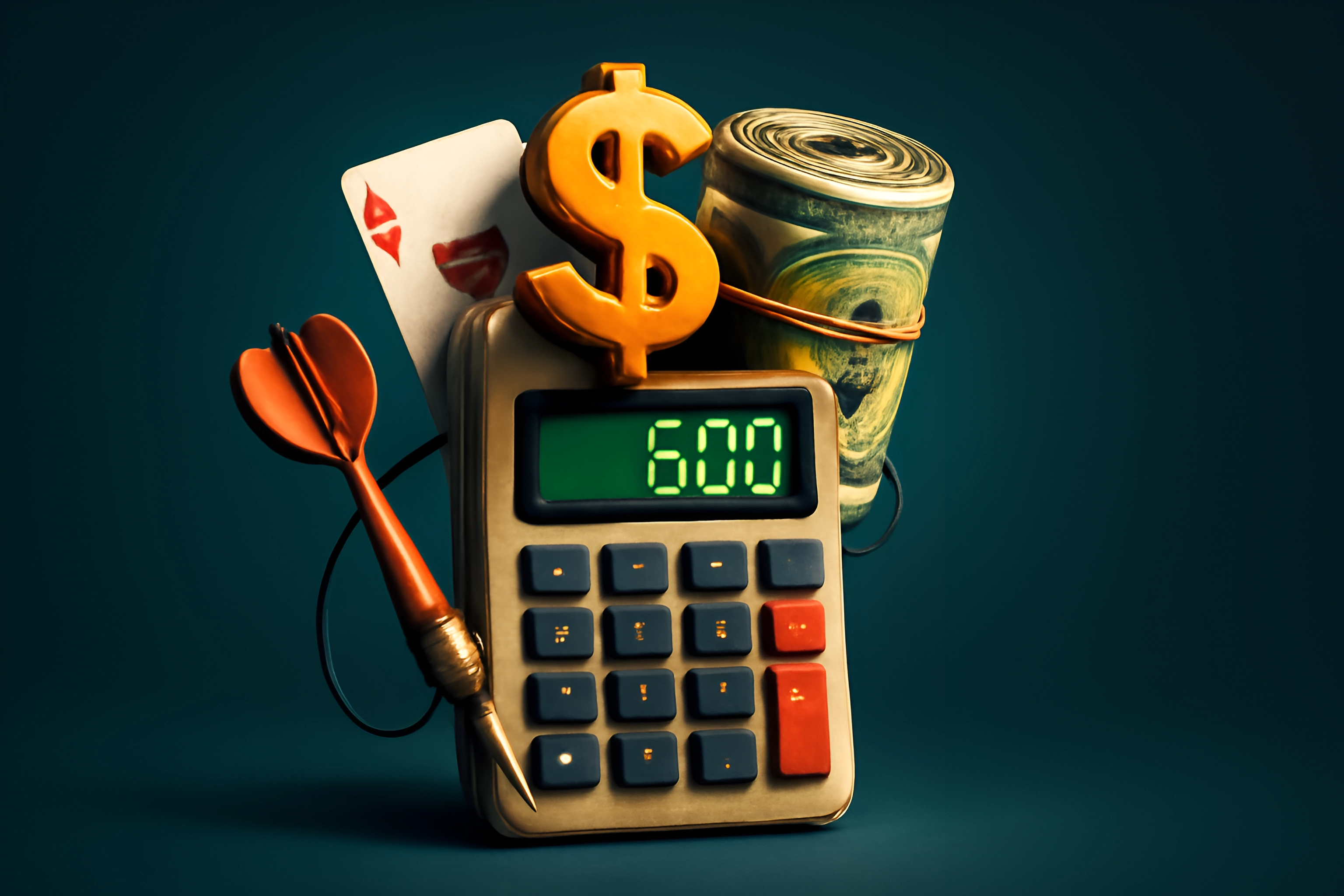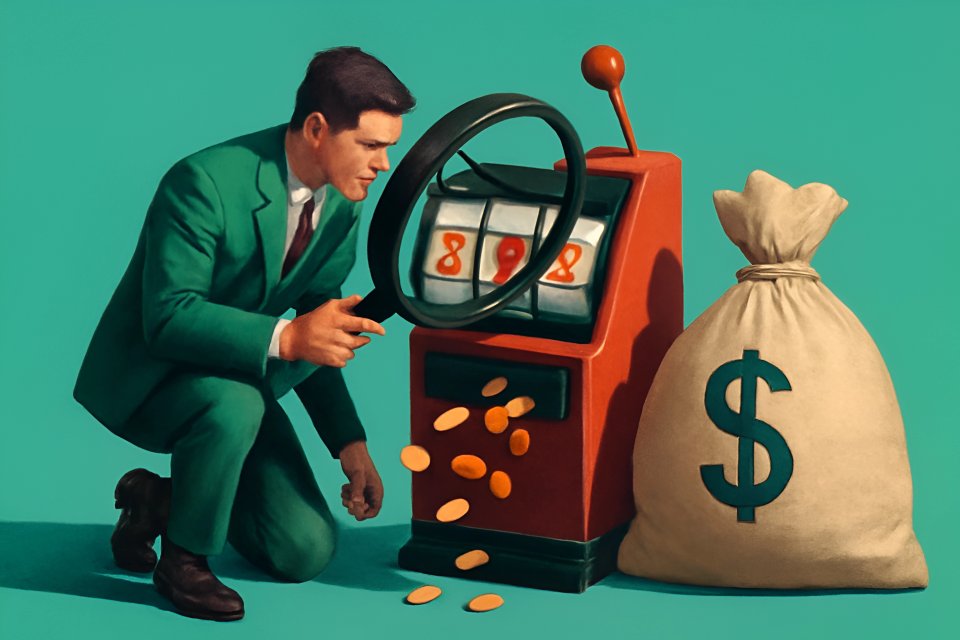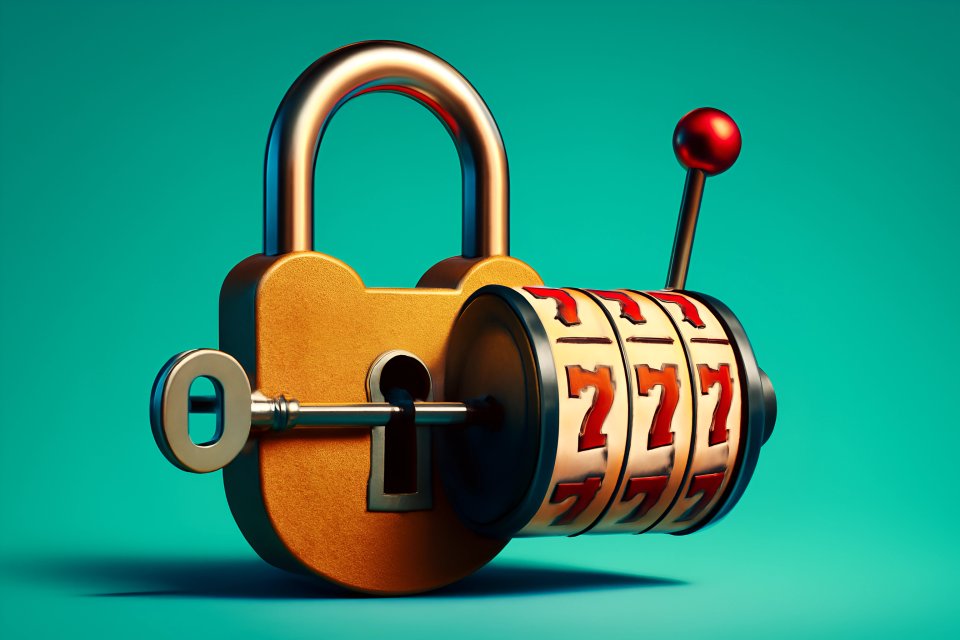
Ever felt that rush? The one where the reels align perfectly, bells scream, and your balance skyrockets? Then, contrast that with the gnawing frustration of spin after spin yielding nothing but dust. What if I told you there's a hidden force at play, a secret rhythm that, once understood, could transform your entire approach to slots? This isn't about luck; it's about strategy.
Welcome, discerning player, to the world of slot game volatility. Often whispered about but rarely truly grasped, volatility – or variance, as it's sometimes called – is the very pulse of a slot machine. It dictates the dance between risk and reward, shaping how often you win and how significant those wins might be. This guide, crafted by The Casino Nest, promises to pull back the curtain. We'll show you how to identify slot game volatility for maximum profit, turning you from a hopeful spinner into a calculated strategist. If you're ready to elevate your game beyond mere chance and start making informed decisions, you're in the right place. This is your comprehensive slot volatility guide to potentially maximizing slot profits.
Understanding Slot Volatility: More Than Just RTP
So, what is this mysterious "volatility" everyone talks about? Think of it as the personality of a slot game. Is it a calm, steady friend who gives you small, frequent pats on the back? Or is it a wild, unpredictable daredevil, offering rare but earth-shattering high-fives? This personality directly impacts your gaming experience and, crucially, your bankroll.
Volatility, in simple terms, measures the risk inherent in a slot game. It tells you how payouts are distributed. A low volatility slot is like a gentle rollercoaster; you'll experience frequent, smaller wins, keeping your playtime extended and your balance relatively stable. High volatility, on the other hand, is the adrenaline-pumping mega-coaster – long, tense climbs with heart-stopping drops, but the peaks? They can be monumental. Medium volatility, naturally, sits somewhere in between, offering a balanced diet of thrills and spills. According to industry insights, high volatility slots might have a hit frequency below 10%, meaning wins are scarce but can be massive, like the 500,000x max win on Tombstone Slaughter as noted by OLBG's slot volatility article.
It's absolutely vital to distinguish volatility from Return to Player (RTP). RTP is the theoretical percentage a game pays back to players over an incredibly long period – millions of spins. For example, a 96% RTP means that, theoretically, for every $100 wagered, $96 is returned. But volatility describes how that 96% is paid out. Two games can have the exact same RTP, say 96%, yet one (low volatility) might deliver it through consistent small wins, while the other (high volatility) might hold back for ages and then unleash a colossal jackpot. Understanding this difference is fundamental because it dictates your session's rhythm, your bankroll's resilience, and the kind of wins you can realistically expect. As SDLCCorp explains the nuances of RTP and volatility, RTP is a long-term average, while volatility is about the short-term payout behavior.
Unmasking Volatility: Practical Ways to Identify a Slot's Risk Level
Alright, strategist, now for the crucial part: how do you actually identify slot game volatility? You don't need a crystal ball, just a keen eye and the right knowledge. Some developers make it easy, but often, you'll need to play detective.
Direct Information (The Easiest Ways)
The most straightforward method is when the game developer or casino tells you outright. Many modern game providers, like Pragmatic Play, often include a volatility rating (e.g., "High," "Medium," or a scale of 1-5 lightning bolts) directly in the game's information screen or paytable. This is your golden ticket! Furthermore, reputable casino review sites and game guides – yes, like your trusted friends here at The Casino Nest – do the heavy lifting. We research and often explicitly state a game's volatility in our detailed reviews. Developer websites themselves can also be a treasure trove, sometimes listing volatility in their official game descriptions. For instance, PokerNews' guide on how to win at slots often touches upon the importance of checking game specs provided by casinos.
Indirect Clues & Observation (When Info Isn't Explicit)
What if the volatility isn't clearly labeled? Don't despair! There are several tell-tale signs you can look for.
First, scrutinize the paytable structure. Is there a massive chasm between the payout for, say, three matching top symbols versus five? If landing five premium symbols pays out exponentially more (e.g., 5x for three, 20x for four, but a whopping 500x for five), you're likely looking at a high volatility beast. Conversely, more balanced payouts with smaller gaps between symbol combinations often indicate lower volatility. As highlighted by RopeTheJackpot's insights on identifying volatility, these paytable disparities are key indicators.
Next, examine the bonus features. Are they incredibly hard to trigger but promise the moon when they finally hit? Features like free spins with significantly stacking multipliers, or "all or nothing" gamble features, often scream high volatility. Think of games like Mental by Nolimit City, known for its extreme volatility and a staggering max win potential of 66,666x your stake, as detailed in OLBG's analysis of high volatility slots. Low volatility slots, in contrast, tend to offer more frequent, smaller bonus wins, such as regular pick-me bonuses with modest prizes or free spin rounds that trigger often but yield less spectacular results. The maximum win potential itself is a huge clue; if a slot proudly advertises "Win up to 50,000x your stake!" it's almost certainly a high-octane, high volatility game.
Finally, don't underestimate the power of playing in demo mode. Spin the reels for a good 100-200 rounds. Are wins frequent but small? Or are you experiencing long dry spells punctuated by occasional larger payouts? This gives you a feel for the game's rhythm, though it's not definitive. And while you should take it with a grain of salt, community wisdom from player forums can sometimes offer hints, though always verify with other methods.
Here's a quick comparison:
| Feature | Low Volatility | High Volatility |
|---|---|---|
| Win Frequency | High (e.g., every 3-5 spins) | Low (e.g., long dry spells) |
| Win Size | Small, consistent | Infrequent, but potentially very large |
| Paytable Gaps | Small | Large, especially for top symbols |
| Max Win | Modest (e.g., up to 500x-1000x) | Huge (e.g., 10,000x+ stake) |
| Bonus Trigger | More frequent, smaller rewards | Less frequent, massive potential |
| Risk Level | Lower | Higher |
| Ideal Player | Prefers longer play, smaller budget | Thrill-seeker, larger budget |
Strategic Play: Tailoring Your Approach to Slot Volatility for Maximum Profit
Knowledge is power, but applied knowledge is profit! Now that you can identify a slot's volatility, how do you exploit it? It's about aligning the game's nature with your personal play style, bankroll, and objectives. This is where true slot risk management tips come into play for maximizing slot profits.
Low Volatility Slots: The Steady Approach
Are you someone who enjoys longer play sessions, perhaps with a more modest bankroll? Or are you strategically trying to meet bonus wagering requirements with minimal risk? Then low volatility slots are your allies. These games, like the popular Starburst or Big Bass Bonanza mentioned by Racing Post's low volatility slots guide, are designed for sustained play. Your bankroll management here should focus on consistency; smaller, steady bets allow you to maximize your number of spins and enjoy the frequent, albeit smaller, wins. The "maximum profit" angle here isn't about hitting a life-changing jackpot in one spin. Instead, it's about the steady accumulation of wins, extending your entertainment, and efficiently clearing those pesky bonus wagering terms. Think of it as a marathon, not a sprint.
High Volatility Slots: The High-Risk, High-Reward Game
Do you crave the adrenaline rush of chasing that colossal win? Do you have a more substantial bankroll that can absorb the inevitable dry spells? If so, high volatility slots might be calling your name. These are the games that can turn a modest bet into a headline-grabbing payout. However, tread carefully, as bankroll management is absolutely CRITICAL. You need enough funds to ride out potentially long losing streaks. Divide your bankroll into session limits and stick to them religiously. While some advocate for slightly higher bets (relative to your bankroll) to capitalize on the big win potential, this inherently increases your risk. Patience and discipline are your best friends here. Never chase losses, and know when it's time to walk away. The "maximum profit" here is about that one significant, game-changing payout, but it demands resilience and a robust financial cushion. According to OLBG's slot volatility insights, games like Tombstone Slaughter offer max wins up to 500,000x, epitomizing this high-risk, high-reward dynamic.
Medium Volatility Slots: The Balanced Path
Perhaps you're looking for the best of both worlds? Medium volatility slots offer a compelling middle ground. They provide a decent frequency of wins to keep things engaging, but still hold the promise of some substantial payouts that can significantly boost your balance. Players who enjoy a mix of entertainment and the chance for exciting wins, without the extreme swings of high volatility or the often modest returns of low volatility, will find these games appealing. Your strategy here can be more flexible. A moderate bankroll is suitable, and you can adjust your betting strategy based on how the game feels, enjoying a blend of smaller, regular wins and the occasional larger surprise. These slots are perfect for those who want a bit more excitement than low volatility offers, without the intense bankroll demands of their high-volatility counterparts.
Beyond the Basics: Volatility, Bonuses, and Smart Bankroll Management
Understanding the core types of volatility is just the beginning. To truly master the art, you need to consider how volatility interacts with other casino elements, like bonuses, and reinforce iron-clad slot risk management tips. This is where the strategic player separates themselves from the casual spinner.
Let's talk volatility and bonus wagering. This is a crucial tactical consideration. If you've claimed a casino bonus with wagering requirements, low volatility slots are often your best bet for clearing them. Their frequent, smaller wins can help you play through the required amount without decimating your bonus balance. Once those wagering requirements are met, however, if you're feeling adventurous and playing with house money (or profits), you might cautiously switch to a high volatility slot to chase a bigger win. But always do so with a clear plan and a portion of your winnings you're prepared to risk.
It's also essential to debunk the myth of "hot" and "cold" slots. Volatility is a pre-programmed mathematical characteristic of a slot game, determined by its Random Number Generator (RNG) and game design. A slot doesn't magically become "hot" or "due" for a win. Each spin is independent. As SoftSwiss explains about RTP and game mechanics, the RNG ensures fairness and randomness, and volatility is part of this design, not a temporary state.
Regardless of the volatility you choose, essential risk management tips are non-negotiable.
First, set a budget before you even start playing, and stick to it like glue.
Second, set time limits for your play sessions to maintain a healthy balance.
Third, and perhaps most importantly, never chase losses. This is a surefire way to turn a small loss into a big regret. Understand that slots are fundamentally games of chance; managing volatility improves your strategic approach and helps align games with your risk tolerance, but it never guarantees wins.
Conclusion: Playing Smarter with Volatility Knowledge
We've journeyed through the intricate landscape of slot game volatility, from defining its core essence to uncovering practical ways to identify it and, crucially, how to tailor your strategy accordingly. Understanding volatility – whether a game whispers frequent small comforts or roars with rare, thunderous jackpots – is the key to unlocking a more strategic, controlled, and ultimately, more enjoyable gaming experience. This knowledge empowers you, the player, to make informed choices that align perfectly with your personal budget, your appetite for risk, and your unique playing style.
While no strategy can ever guarantee profit in games of chance, grasping slot volatility is paramount to making decisions that can optimize your potential returns and significantly enhance your time at the reels. You're no longer just blindly spinning; you're making calculated choices.
So, what's next? We encourage you to explore our detailed slot reviews at The Casino Nest, where we often break down game volatility for you. Curious about what others think? What are your favorite high or low volatility slots? Share your experiences and strategies in the comments below! And don't stop here; check out our other Advanced Strategy guides to further sharpen your skills.












